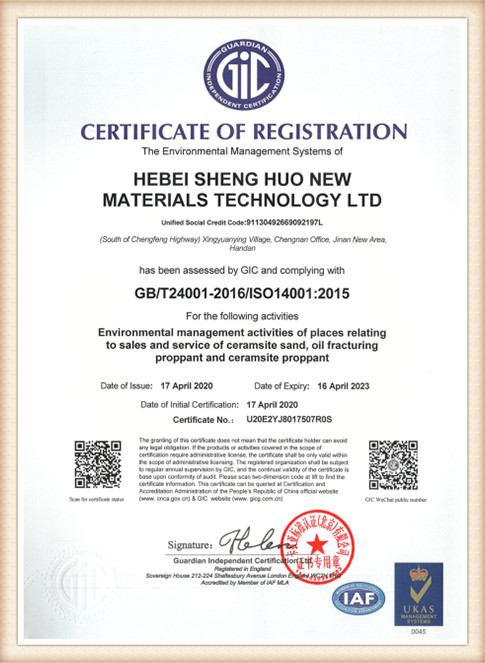The Advantages of Sand Casting in Modern Manufacturing
Sand casting, one of the oldest and most versatile metal casting processes, remains a fundamental technique in modern manufacturing. This method involves creating a mold from sand, into which molten metal is poured to create various shapes and structures. Despite the advancements in technology and the development of new materials and methods, sand casting offers several significant advantages that make it a valuable choice for manufacturers.
1. Cost-Effectiveness
One of the most compelling advantages of sand casting is its cost-effectiveness. The materials used in sand casting are relatively inexpensive. Silica sand, which is the most common material, is readily available and affordable. Additionally, the process does not require expensive machinery, making it accessible for small and medium-sized enterprises. Unlike other casting methods like die casting, which involve costly molds made from steel, sand casting molds can be created quickly and at a significantly lower cost.
2. Versatility in Applications
Sand casting accommodates a wide range of metal types, including aluminum, iron, and magnesium. This versatility allows manufacturers to produce a diverse array of components, from intricate designs to large industrial parts. The flexibility of the sand casting process enables the production of both ferrous and non-ferrous metals, catering to various industries such as automotive, aerospace, and construction. The ability to cast complex geometries also makes it suitable for custom applications, where unique designs may be required.
Sand casting has no upper limit on the size of the castings that can be produced. From small intricate parts to massive components like engine blocks and large sculptures, sand casting can accommodate the specific size requirements of a project. This scalability is particularly beneficial for industries that require large volumes of specific components, allowing for efficient production without compromising on quality.
4. Design Flexibility
advantage of sand casting

The sand casting process allows for extensive design flexibility. Engineers and designers can create complex shapes that are not easily achievable with other casting methods. This capability reduces the need for secondary machining operations, as the initial cast can closely match the desired final product. Additionally, the use of additives and different sand mixtures can enhance the properties of the molds, further allowing for variations in design without sacrificing integrity.
5. Shorter Lead Times
Another advantage of sand casting is the ability to produce molds quickly, which translates to shorter lead times for manufacturing. The simple mold-making process enables rapid prototyping and production, allowing manufacturers to respond promptly to market demands. This agility is essential in industries where time-to-market can significantly impact competitiveness.
6. Environmentally Friendly
In recent years, sand casting has also been recognized for its environmentally friendly aspects. The sand used in the casting process is reusable, which minimizes waste. Moreover, many companies are adopting practices that involve recycling and reusing sand, further reducing their environmental footprint. As awareness grows regarding sustainability, sand casting is becoming an increasingly attractive option for eco-conscious manufacturers.
7. Reduced Post-Processing Needs
Due to the high precision that can be achieved through sand casting, many castings require little to no post-processing. This reduces not only material waste but also the time and costs associated with additional machining or finishing processes. Fewer manufacturing steps lead to increased efficiency and lower overall production costs.
In conclusion, sand casting is a time-tested manufacturing method that offers numerous advantages, including cost-effectiveness, versatility, scalability, design flexibility, short lead times, environmental friendliness, and reduced post-processing requirements. As industries continue to evolve and demand innovative solutions, sand casting remains a critical component in the manufacturing landscape, bridging the gap between tradition and modernity. Whether for large-scale industrial applications or custom projects, sand casting's unique benefits ensure its place in the future of manufacturing.
Post time:अक्टूबर . 09, 2024 19:41
Next:Versatile Lightweight Aggregate for Sustainable Construction Solutions
